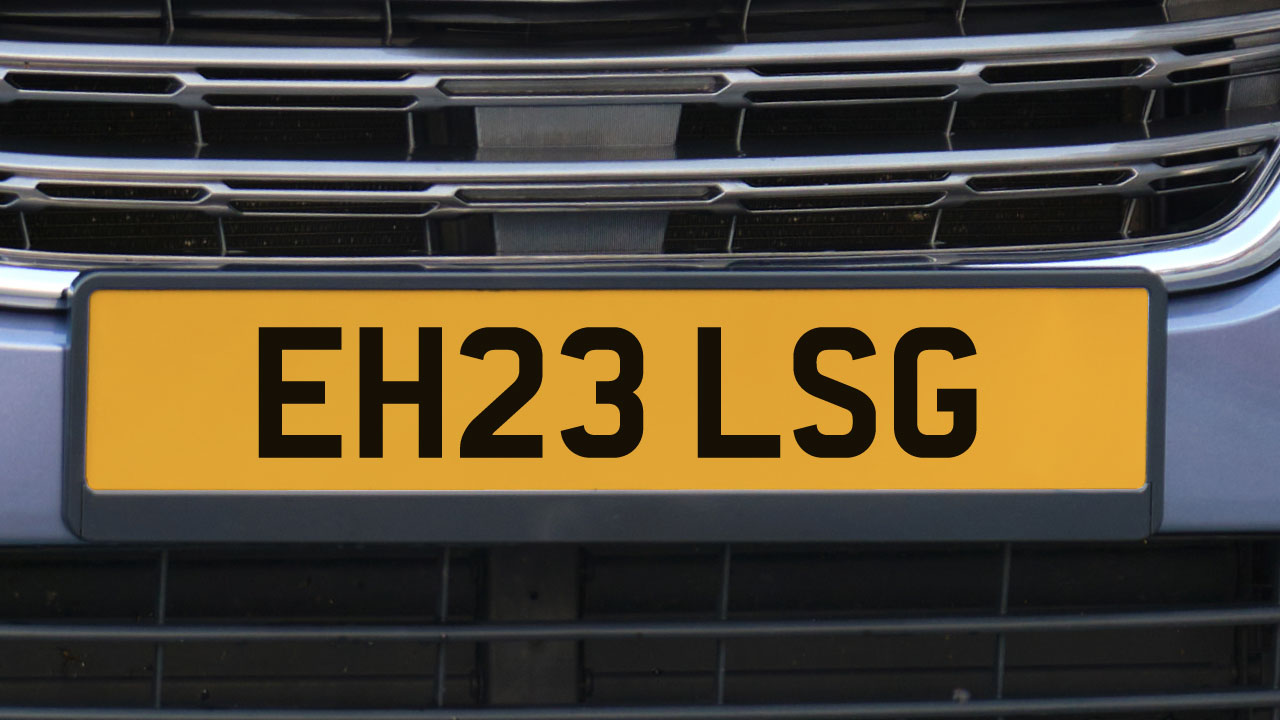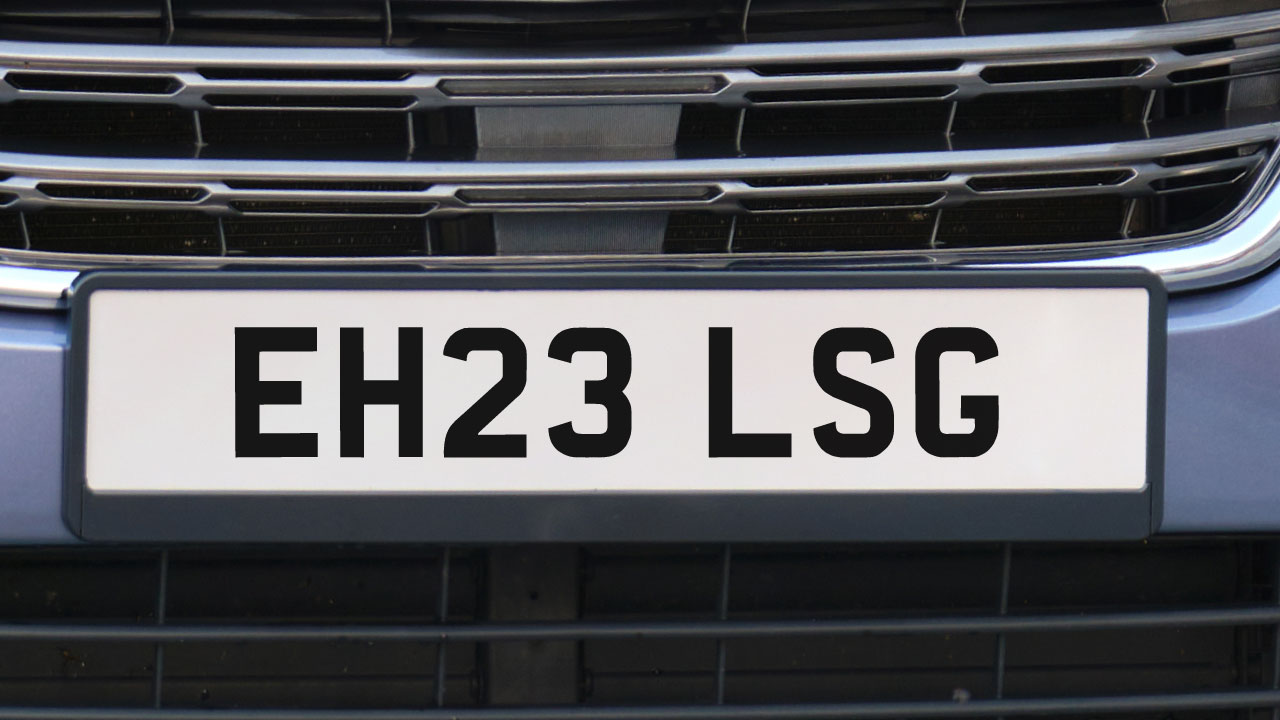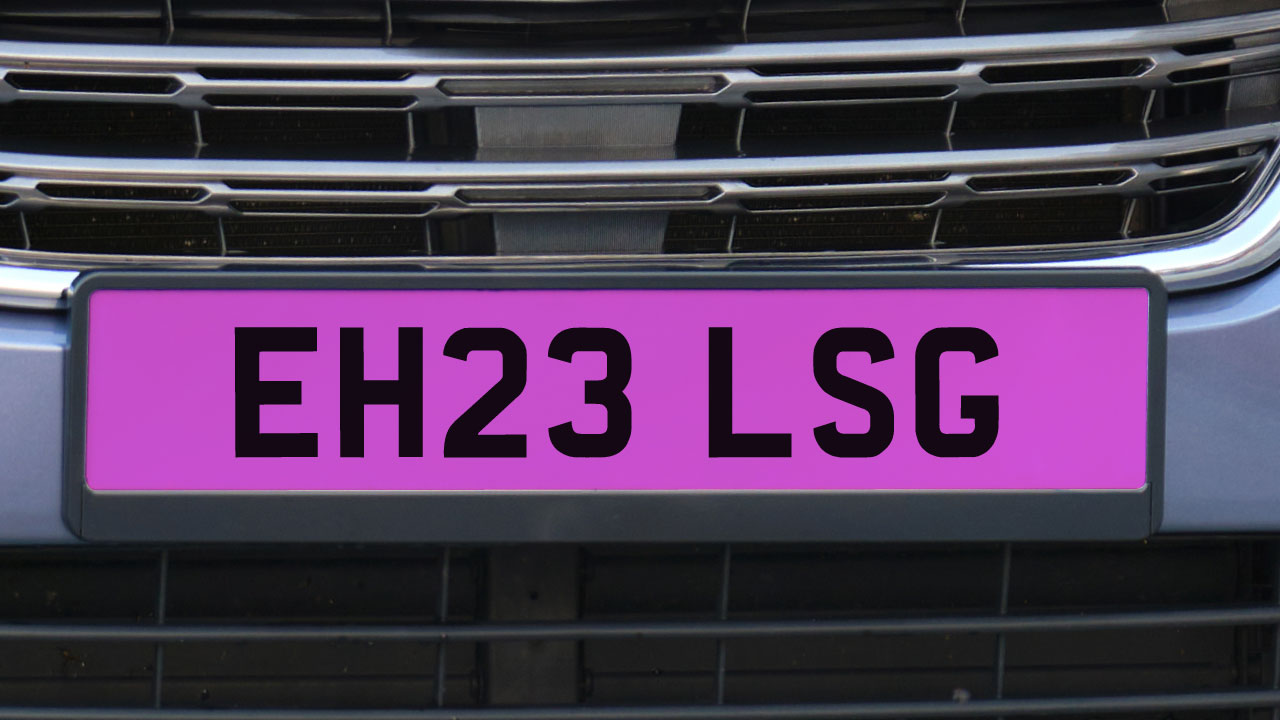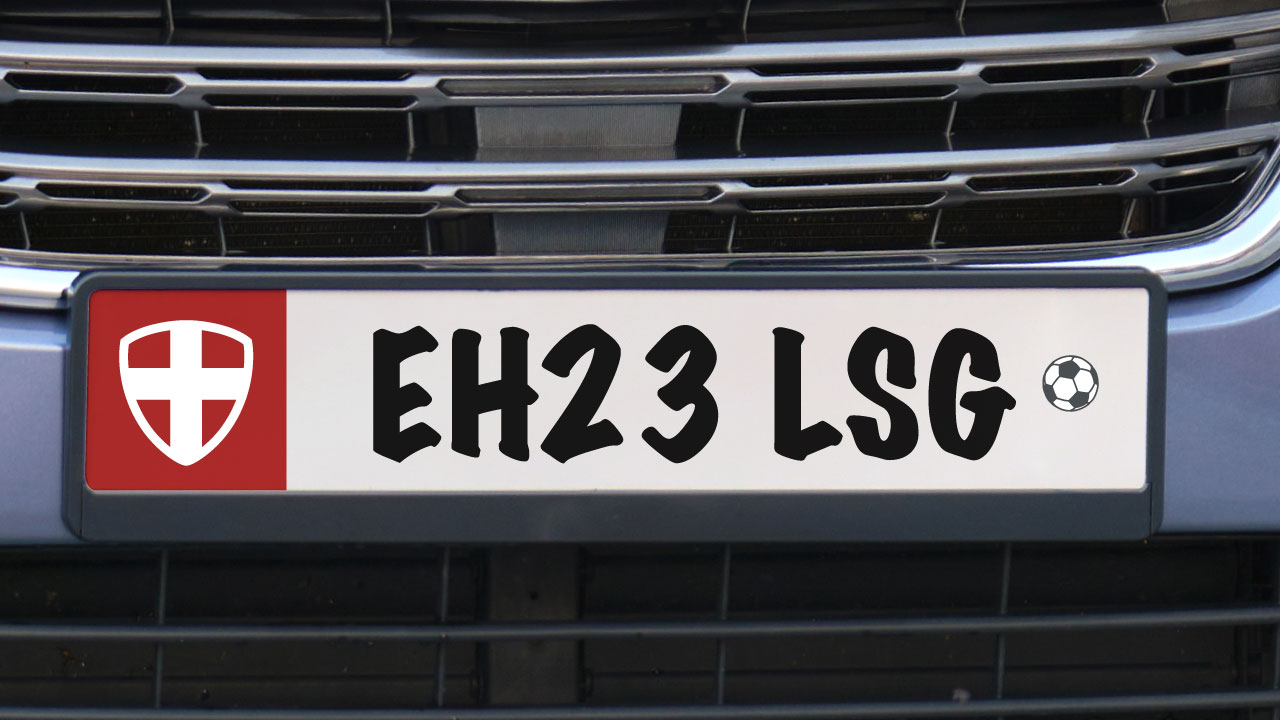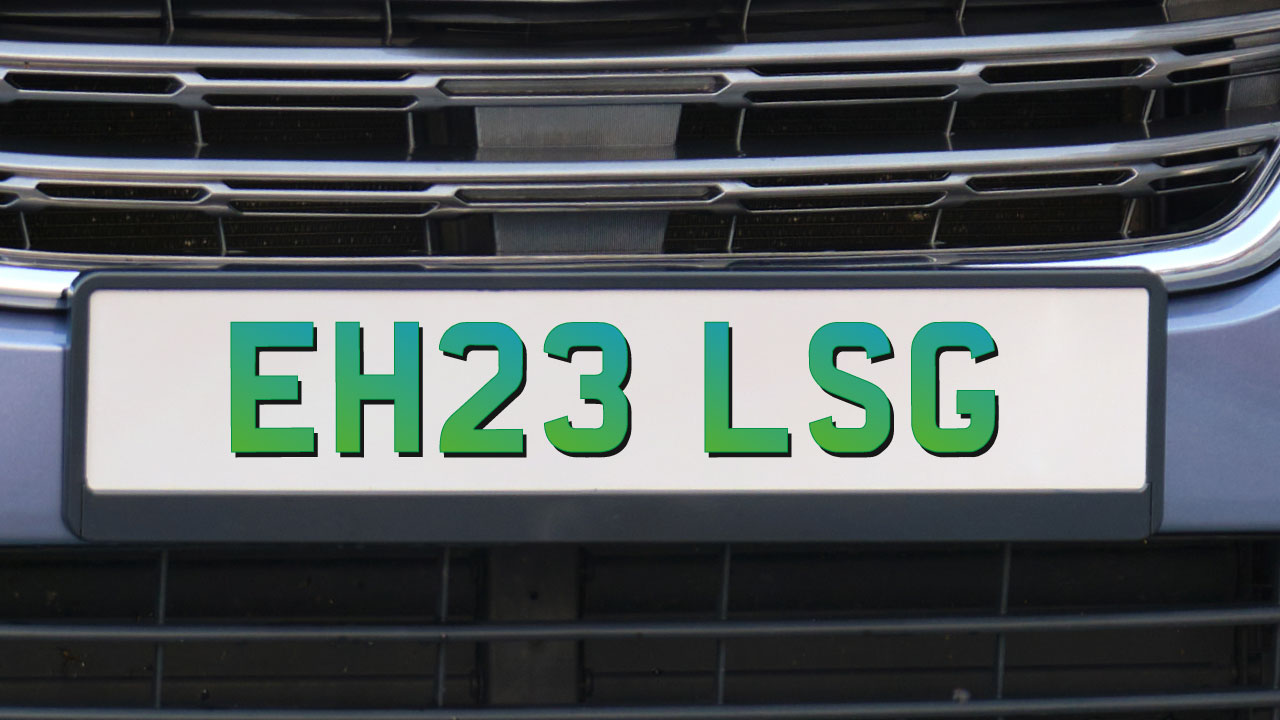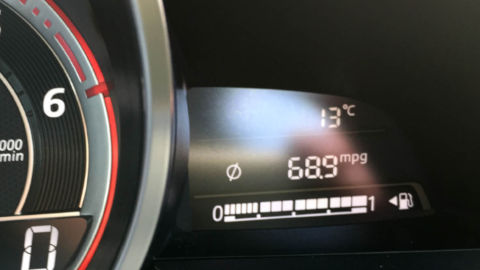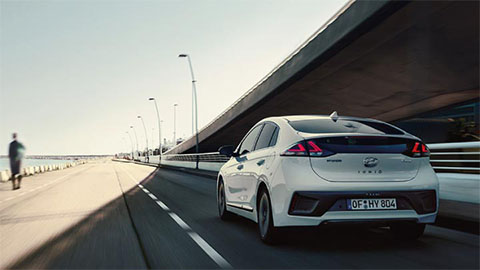UK Number Plate Legislation
Having number plates on vehicles has been a legal requirement in the UK for over 100 years. They help the authorities identify vehicles that have been involved in an accident or crime.
Although a registration number is provided when you purchase a car, the practice of customising the registration plate has become more popular in the past few years.
This article explores the ins and outs of number plate registration to help you avoid a hefty fine.
What are registration numbers?
The current number plate system was introduced in 2001. The number changes every six months (for brand-new cars) and it helps identify where and when the vehicle was registered.
An example of what a registration number should look like is: YG23 ABC
The first two letters show where your car was registered followed by the two numbers that refer to when it was registered. The last three letters are assigned randomly making sure that the number as a whole is unique.
The two numbers that represent the age of the vehicle change twice a year: in March and September. The cars registered between March and August 2023 will have the number 23 on their plates. The vehicles registered between September and February will have the last two digits of the year added to 50, so 23+50= 73.
Is it legal to have a personalised number plate?
Now that the current number plate system has been explained, and you know what it should look like, it’s important to point out that you can have them modified and get a personalised registration number. Also, you can’t alter the numbers yourself. You have to go through the legal channels to get them modified, such as the DVLA website.
What rules do number plates have to follow?
A lot of people believe that the fact they can buy a personalised number plate means they can have whatever numbers, letters, symbols and font they wish. This is not the case. There are strict laws in place which the number plates must comply. Here are some of the rules you must follow:
Personalised number plates
As previously mentioned, if you would like to personalise your number plate you must do so with a manufacturer that has been registered on DVLA’s RNPS (Register of Number Plate Suppliers). They will request several documents you need to present before you can have the number plate altered.
Colours and fonts
Cars are required to display two number plates: one in the front and the other in the rear. The plate in the front must be white with bold black letters. The plate in the rear must be yellow with bold black letters.
Charles Wright is the standard font for UK number plates.
Specific Background
The background surface should be reflex-reflecting, so that the authorities can see them. However, the letters don’t need to be reflex-reflecting.
What number plates are illegal in the UK?
Did you know that having a number plate that doesn’t comply with British legislation could fail your MOT? Or that you could be stopped by a police officers and get a hefty fine? Here are some things you should avoid on your number plates in order to fulfil the requirements:
Random symbols
The only symbols allowed on number plates are flags to identify where your vehicle is from. You’re allowed to have the union flag, English, Scottish or Welsh flags. This means that any other symbol, such as football club flags, are strictly forbidden.
Dirty number plates
The law is clear: your number plates must be legible. This means that if you let the plates get dirty to a point where the authorities can’t read them, you could be stopped and get a fine.
Wrong spacing
The space between characters must be 11mm in order to comply with the legislation. Anything other than that could mean a fine if spotted by the authorities.
Are 3D number plates illegal in the UK?
The short answer to this question is: yes. According to the government website, it is legal to have a raised 3D number plate, as long as it follows the other rules, such as having it clean and visible and complies with the colours and font set in the guideline.
Fine
If your current number plate doesn't comply with the legislation you could be issued an ''vehicle defect rectification notice (VDRS)''. This VDRS gives you up to 14 days to get a new number plate made following the legal guidelines and get the document stamped by an official supplier.
Failing to do so, next time you're stopped by the police they will issue a fine of up to £1,000.
Stay safe and avoid fines
Complying with the number plate legislation is important to ensure authorities will be able to identify your car in case of emergency.
For more motoring advice head to our blog section where you’ll be able to find guides and the latest driving insights.
Related Articles
-
How do Car Trackers Work? An In-Depth Guide
21 Nov 2024
-
What are Self-Driving Cars and How Do They Work?
05 Nov 2024
-
What is the Real Driving Emissions (RDE) Test?
31 Oct 2024
-
What are Cat's Eyes?
03 Oct 2024
-
What is an Advanced Driving Course?
29 Aug 2024


